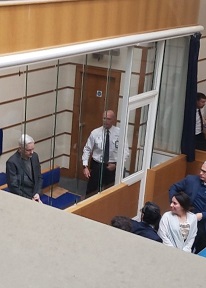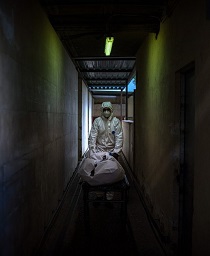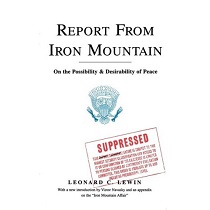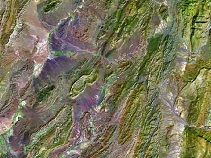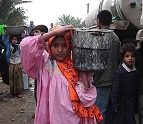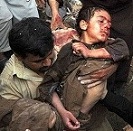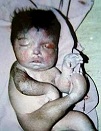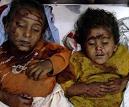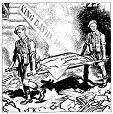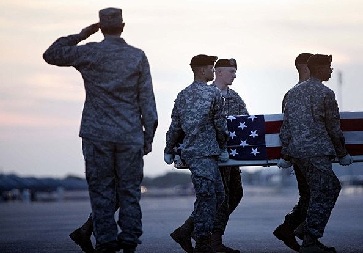Haiti's Deepening Cholera Crisis
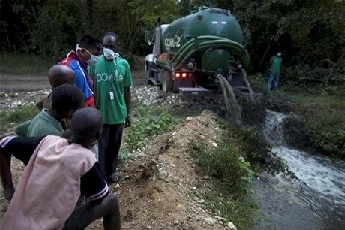
This is the latest update since Haiti's cholera outbreak, previous articles accessed through the following links, including the most recent on Sunday's sham election, an exercise in imperial control: here, here, here, here and here
On November 24, Doctors Without Borders (Medecins Sans Frontieres - MSF) reported it continues increasing its efforts in response to Haiti's deepening crisis.
From October 22 to November 21, MSF teams treated 29,000 people in cholera treatment centers (CTCs), established in Port-au-Prince, Artibonite region (where the first outbreak occurred), North, and Northwest with a 2% or less case fatality rate.
A remarkable record showing that cholera is easily treated when done effectively in time. Otherwise, it's fatal, a major problem for growing numbers unable to access care, including because of heavy rain in some areas turning roads to mud.
On November 24, Al Jazeera headlined "UN revises Haiti cholera estimates," saying:
Officials say it's "spreading faster than originally estimated and could infect hundreds of thousands." A new World Health Organization (WHO) assessment estimates 200,000 cases in three months, 400,000 in a year. All 10 provinces are affected.
The UN's Haiti humanitarian coordinator, Nigel Fisher, expects
"literally hundreds of thousands of cases. The medical specialists all say that this cholera epidemic will continue through months and maybe a year at least...."
On November 25, Haiti Libre reported 27,933 confirmed cases, 1,523 official deaths, and too little capacity to handle growing needs, saying:
"The situation in Haiti is urgent and will get worse and worse in the coming weeks." In total, 36 CTCs operate with a 2,830 bed capacity, far below what's needed. The areas (departments) most affected are Artibonite, North, Northwest, West (including Port-au-Prince), and Northeast. Daily, dozens more cases are reported.

